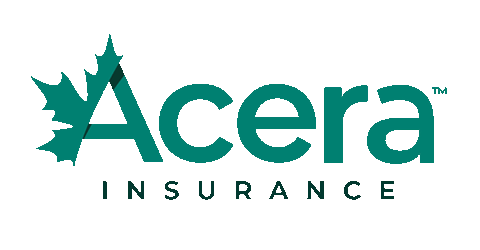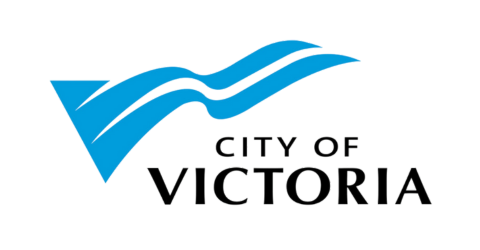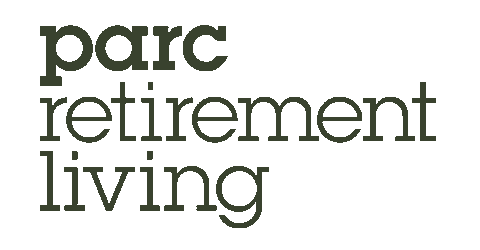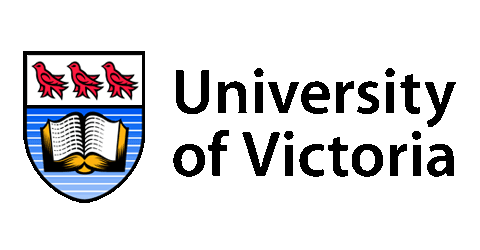BC Assessment’s property value website now live
After decades of mostly upward changes to property values, there should be little difference for most homeowners this year.
BC Assessment has opened up its portal for 2025 property assessments, allowing anyone to see the value of 400,000 properties in the province. The list reflects the assessed value as of July 1, 2024, and is determined by comparing relative sales at that time. The assessed value is not the market value, which is determined by how much a buyer will pay, and it also does not directly impact property taxes. Those are determined by local governments based on their forecast budget.
“Most homeowners throughout Vancouver Island can expect minimal change with their 2025 assessment values, generally being in the range of -5% to +5%,” BC Assessment Deputy Assessor Matthew Butterfield said in a news release. “Some North Island communities, however, will see larger increases as the recent trends in demand for those real estate markets continues to be strong.”






















